When you visit a new country, you’re advised to learn the local language. You avoid miscommunications when the locals understand you. Similarly, to make your content understandable to search engines, you need to speak their language. In SEO, schema markup helps search engines understand exactly what your page is about. Here are the top 10 schema types every website needs to boost visibility and get more clicks.
What is Schema Markup? 10 Schema Types Every Website Needs
Unlike your (human) users, search engine bots can’t ‘understand’ details on your page. One way to inform them of your page’s content and context is schema. Schema markup is a type of code you can add to your website’s HTML that helps search engines understand your content and display it as a rich result on SERPs.
Simply put, it helps search engines understand your website’s content better. There are many different types of schema, so choose the ones that will benefit your website the most. Here are 10 top schema types to improve website visibility:
1. Organization Schema
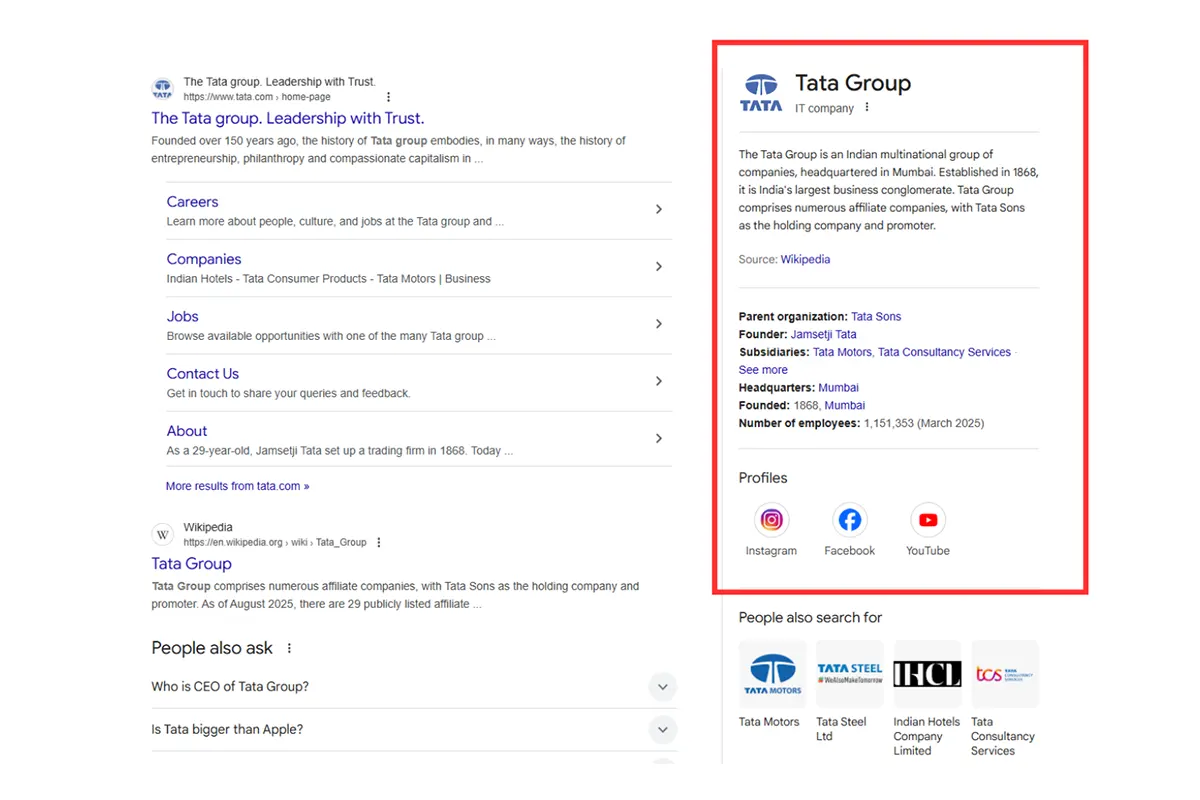
Organization schema provides relevant business data like names, logos, and social profiles to search engines. It helps users learn about your organization and how to contact you through knowledge panels. It provides users with critical business information at a glance and makes your organization appear trustworthy. It can also display this information in other visual elements on SERPs.
2. Article Schema
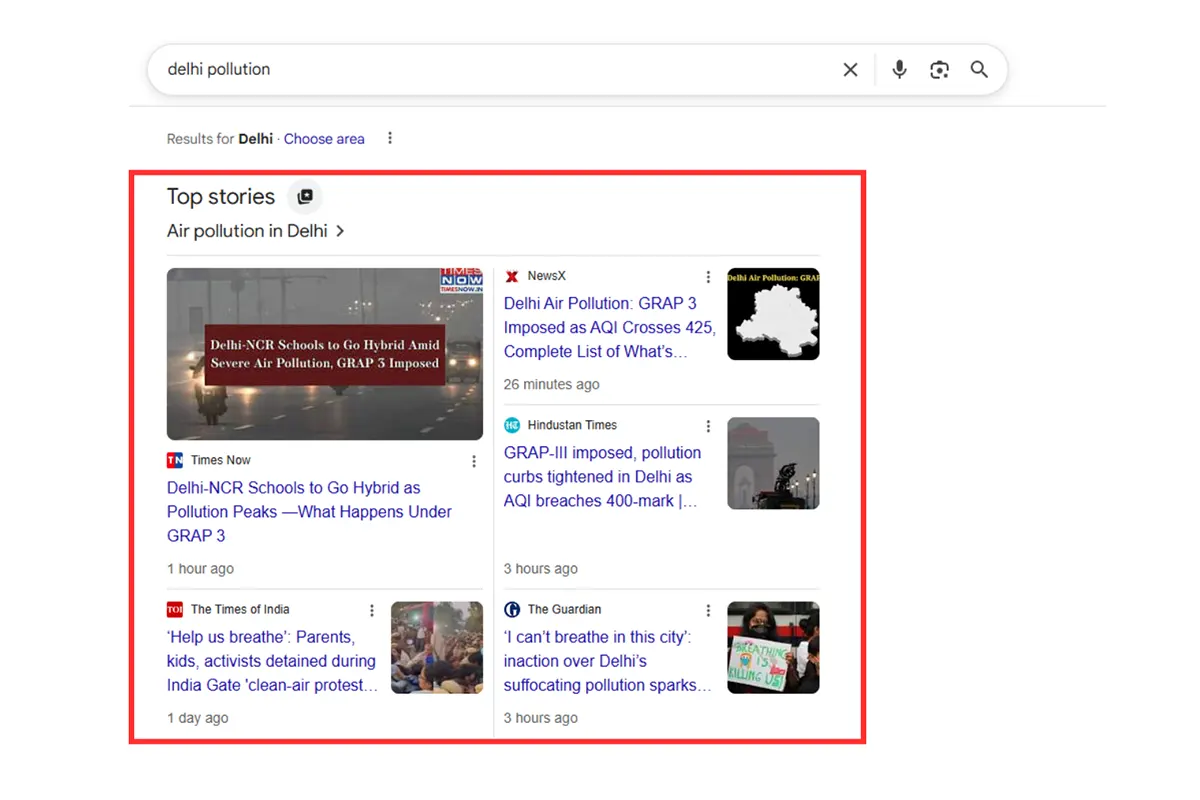
Article schema identifies and marks up articles, news, blog posts, and other pieces of content. It displays this information along with details like thumbnail images, publication dates, and author names in search results.
This type of schema is useful to websites that produce a lot of content. It helps blog content appear in high-visibility search positions, including Top Stories, Google Discover, and headline carousels.
3. Product Schema
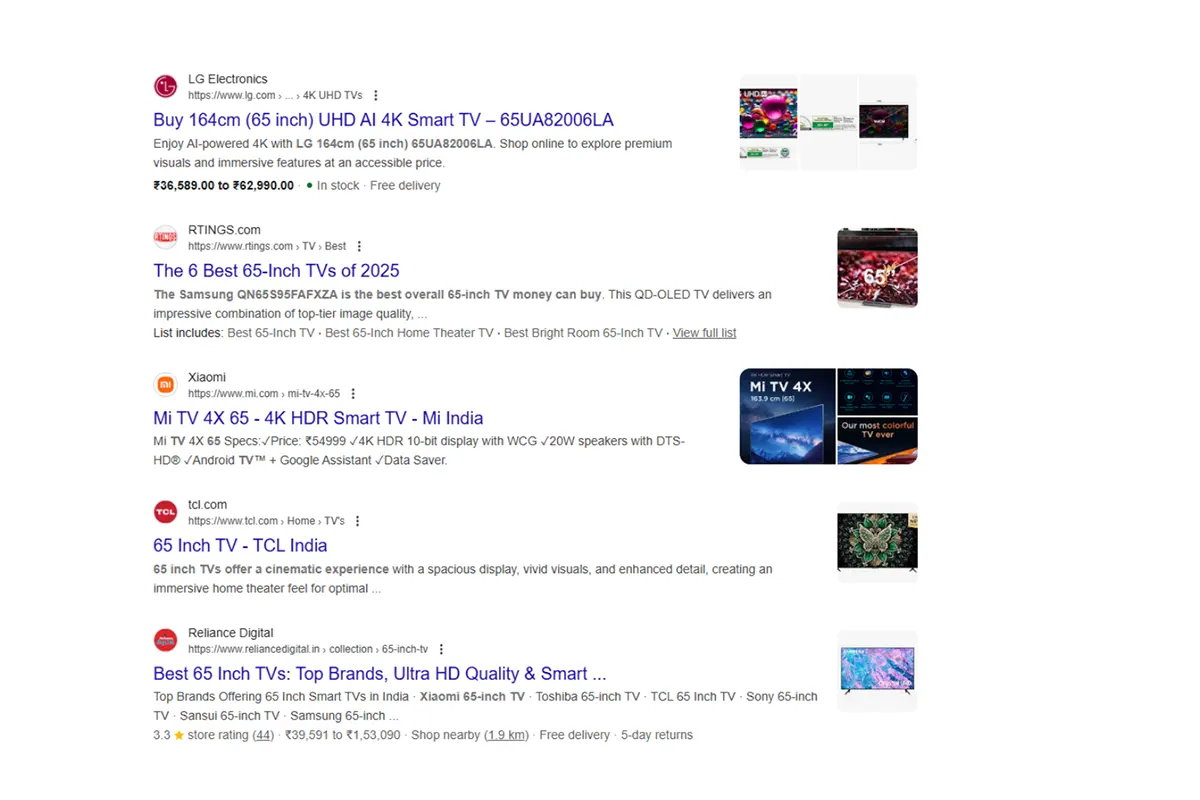
Product schema gives search engines details about the products you sell online. It helps search engines create rich snippets with price, product images, availability, reviews, and more.
Displaying relevant data on search results, such as availability and price, increases click-through rate as shoppers are more likely to click on something that fits their needs and budget. Product schema is a critical part of e-commerce SEO.
4. Service Schema
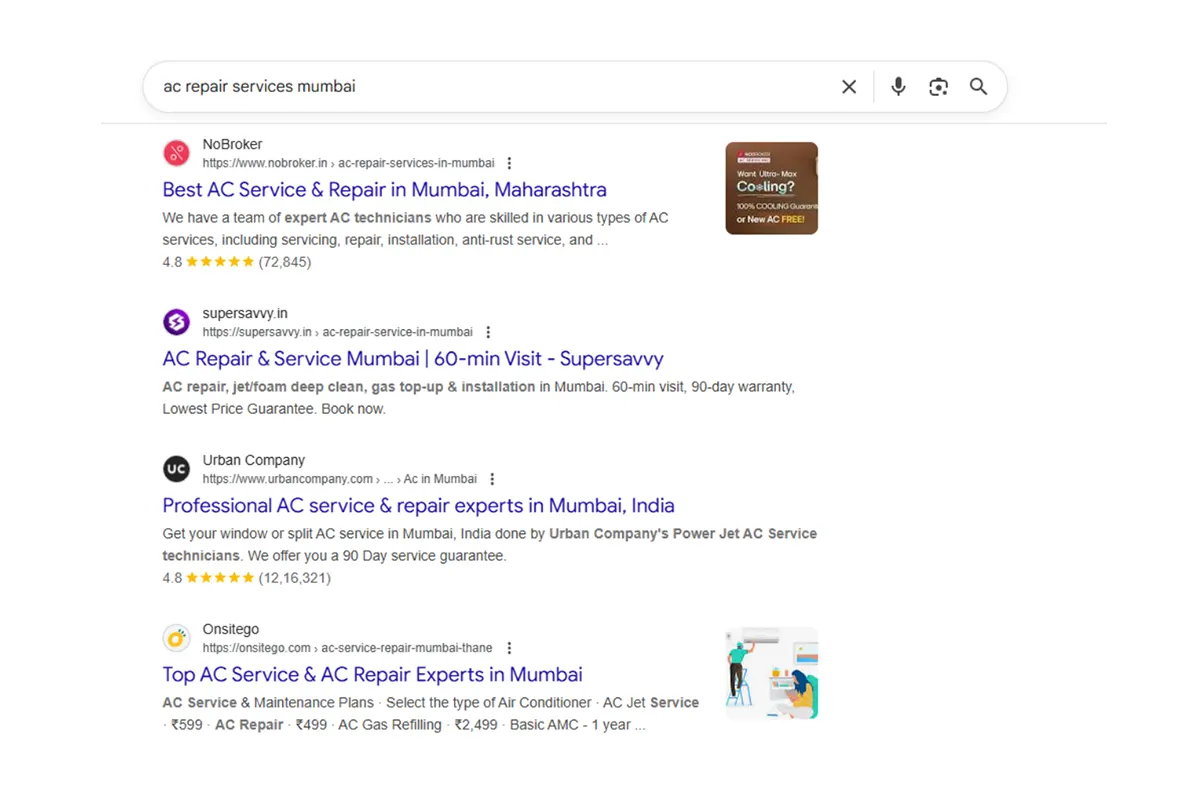
Service schema tells search engines more about the services your enterprise offers. You can use it to let them know exactly what type of service you offer and where it is offered. Service schema helps your services show up in service-specific search results and display them to the most relevant audience. Service schema is very beneficial for enterprises that deal mainly in services.
5. Review Schema
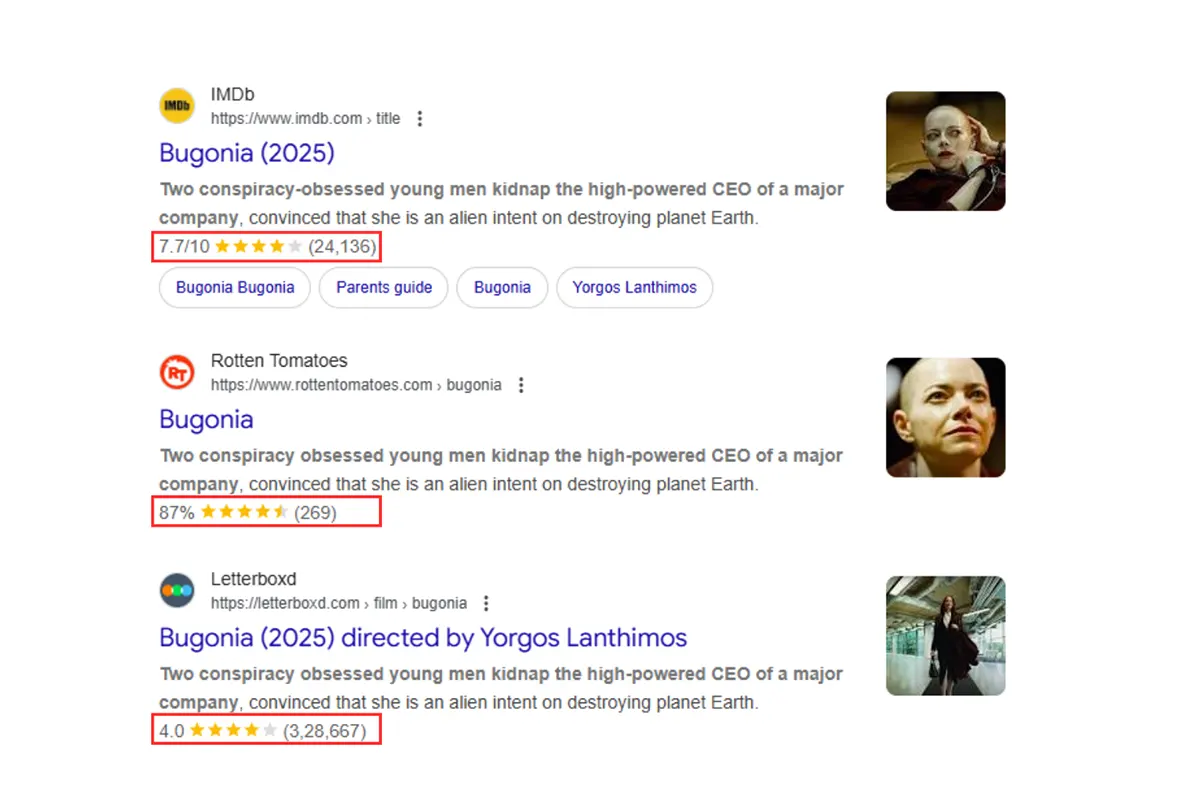
Review schema lets users see at a glance what ratings a product or service has. These reviews could be by critics or customers. Review schema can be used on any type of content that receives ratings and reviews. Showing reviews in your listing can make you appear more credible to users and give your site a competitive edge over other listings.
6. FAQ Schema
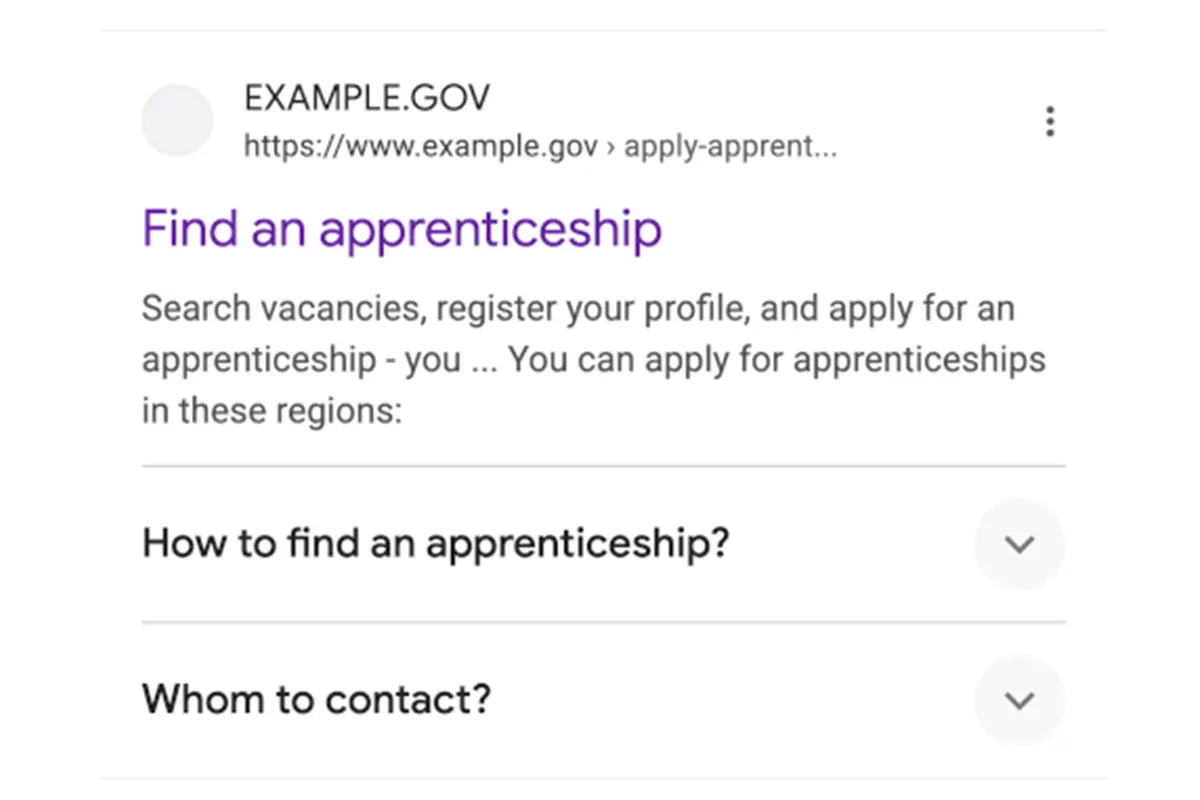
FAQ schema allows search engines to display accordion-style question and answer boxes below your listing. This increases the real estate your content occupies on SERPs, which drastically increases visibility. Businesses often include detailed FAQ sections about their products and terms of service.
7. Breadcrumb List Schema
BreadCrumbList schema tells search engines about the hierarchical positions of pages within your site structure. It clarifies your site structure by displaying a trail of breadcrumbs (Home > Category > Page) instead of the entire URL. It improves how your search snippets appear and is crucial for sites with complex site architectures.
8. How To Schema
HowTo schema identifies how-to content with sequential steps and makes it appear in Google’s How-To rich results. This type of schema helps tutorial content stand out from other listings by displaying the list of tools required and each sequential step in the search results itself. Organizations that post instructional content and how-to guides can benefit from How to schema markup.
GET IN TOUCH
Claim Your Free SEO Audit
9. Local Business Schema
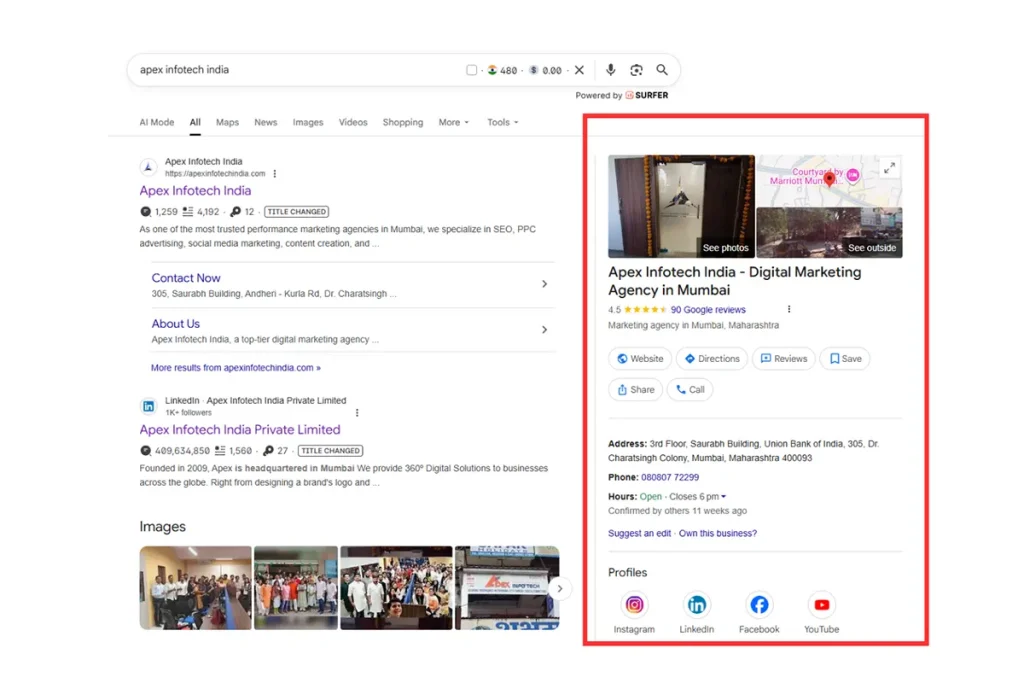
LocalBusiness schema informs search engines with detailed business information about a specific business location. It is a part of Local SEO and is particularly useful to businesses with multiple physical locations. LocalBusiness schema helps your business show up in Search results, Google Maps listings, Google Local pack, location-based search queries, etc. It can also make your site appear in the Google Local Pack, which is the map with three business listings that shows up in search engine results.
10. Video Schema
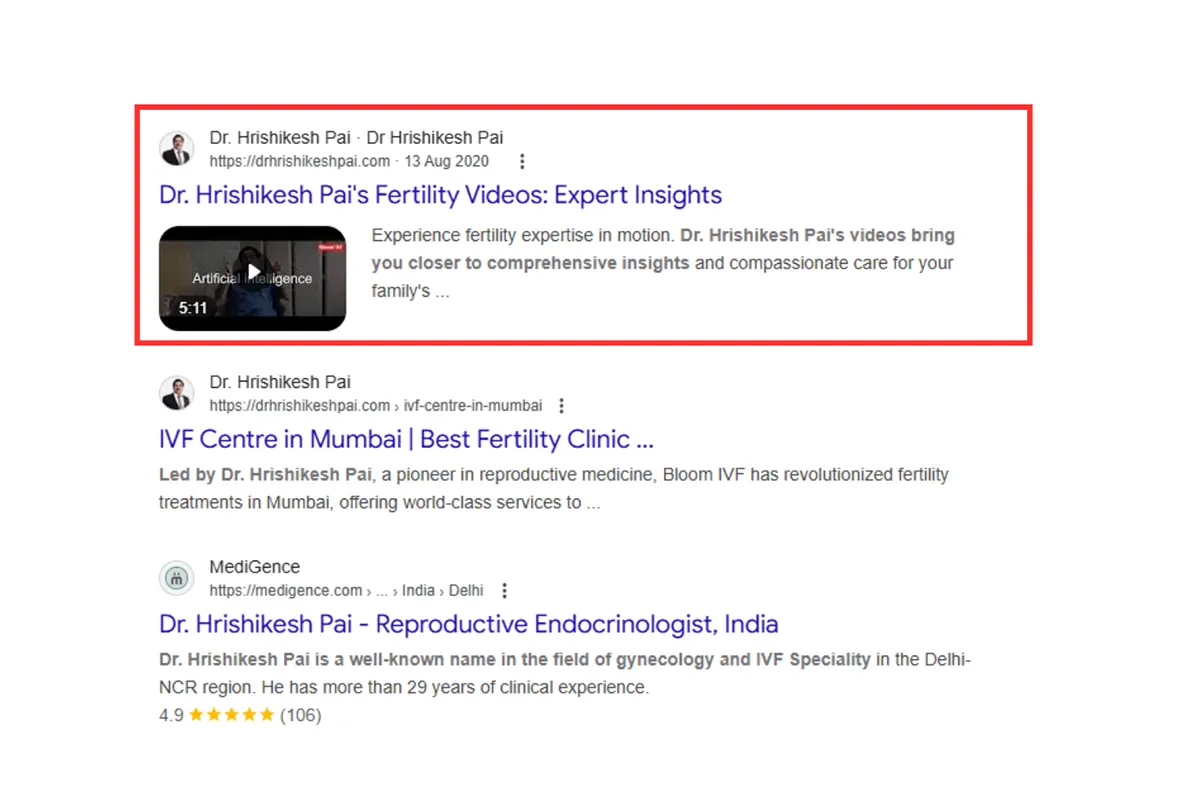
Video schema markup helps search engines display your video content in search results as a rich result. Users are more likely to click on rich snippets, so having video content can attract more users and generate more clicks. Additionally, video schema also helps search results understand the video content and rank it for the relevant search queries.
Can Schema Markup Improve Visibility?
Schema implementation should be a part of every SEO strategy. Schema markup helps search engines display specific and relevant content to users. Additional details make listings appear more attractive to users.
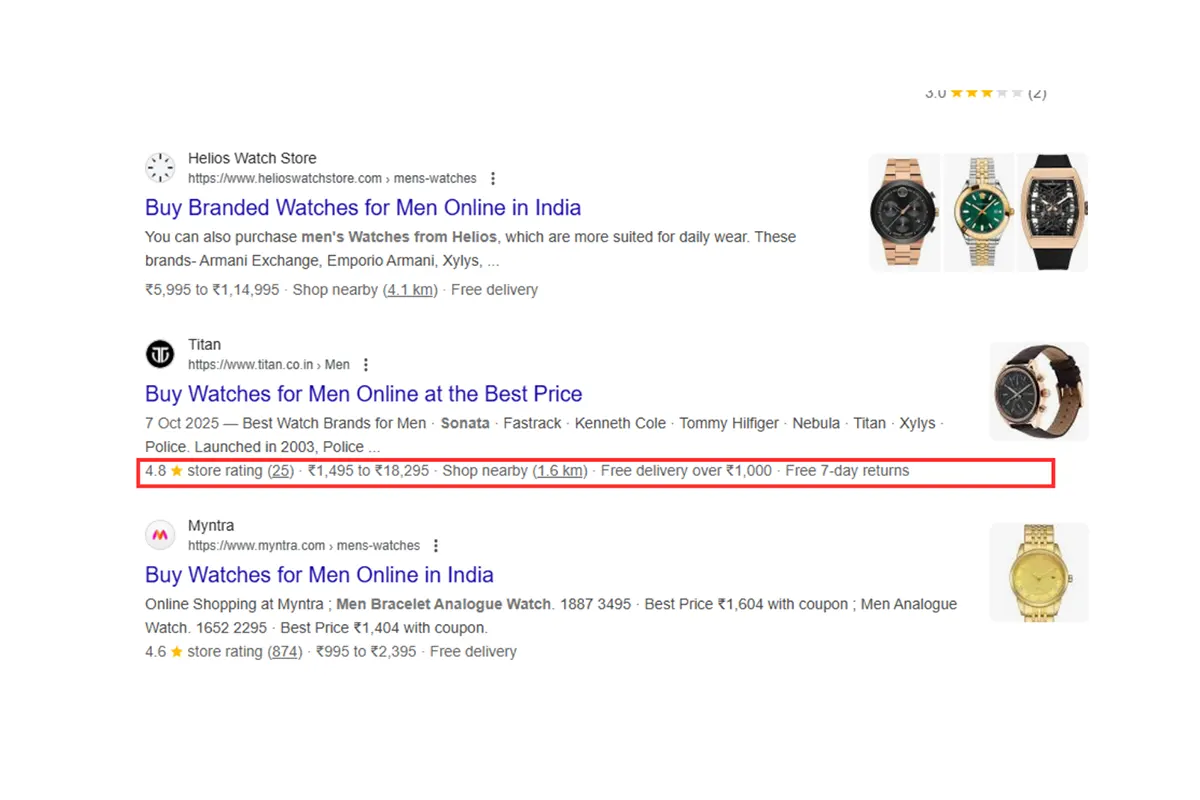
In the above results for “men’s watches,” only Titan includes that they offer free 7-day returns. The user learns about their return policy right away and might feel more motivated to check out their products.
Schema implementation can be complicated, but it is absolutely worth it. Doing it right increases the chances of your content being displayed as a rich snippet, which in turn improves your visibility and click-through rates. It boosts organic traffic, engagement, and conversions and can even translate into higher CTR and conversions!
Ready to boost your site’s visibility? Apex Infotech can handle all the technical aspects of SEO for you by implementing the right schema markup to make your business stand out on Google.
Frequently Asked Questions
What does schema implementation do?
Schema markup is a type of code that website owners can add to their HTML. It helps search engines understand their content and display it in a more detailed manner to users.
Which language is schema written in?
Schema is written in schema markup languages like Microdata or RDFa. JSON-LD is the most popular schema markup language and is recommended by Google.
How many types of schema exist?
There are 797 types of schema hosted on schema.org.
Should I use Article or Blog Posting schema?
Article schema has sub-types such as BlogPosting, NewsArticle, and ScholarlyArticle. You may choose to use the more specific schema type for your content if it is relevant or choose the broader Article schema type instead.
Does using schema markup guarantee rich results?
No, using schema markup increases the chances of your content showing up as rich results but doesn’t guarantee it.



